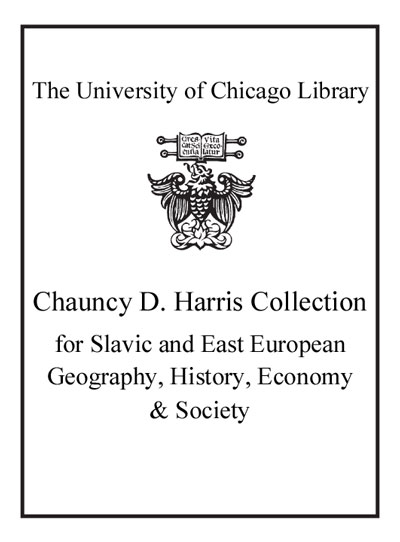Review by Choice Review
This book is essentially a reprint of the 250-plus page "Bosnian Genocide" section from the four-volume Modern Genocide: The Definitive Resource and Document Collection (CH, Jul'15, 52-5673), coedited by historian Bartrop (Florida Gulf Coast Univ.) in 2015 and designated a Choice Outstanding Academic Title. This volume is introduced by a series of signed essays providing an overview of the genocide, followed by more than 160 entries covering the major people, places, and events. The authors all rightly eschew the "ancient ethnic antagonism" frame that dominated debate on the genocide at the time, presenting a much more sophisticated interpretation of events. The range of entries is thorough, though inclusion of material on the commemoration of the genocide (e.g., memorials, novels, and movies) would have been welcome. Each entry contains a short bibliography, and there is a longer and broader one at the end. The most notable changes to the material are an updated chronology and a new selection of historical documents. This book is much more attractive and physically manageable than the overly large encyclopedia set from which the material is primarily drawn, making one wish that the publisher had originally gone with this format. Summing Up: Highly recommended. All libraries. All levels. --Guy A. Lancaster, independent scholar
Copyright American Library Association, used with permission.
Review by Booklist Review
Bartrop, an academic expert in genocide, incorporates on-the-scene data in an encyclopedic format as well as in 10 primary documents. His work also contains a summation of global perspectives on intervention, and a chronology following the action and inaction of the United Nations, the European Union, and NATO. Entries give information on a variety of topics, including the views of survivors of the Srebrenica genocide Hasan Nuhanovic; a biographical portrait of Bosnian Serb leader Radovan Karadzic; and information about the Women in Black movement. There are summarized reports of concentration camps, snipers, and female terrorism and rape as forms of combat and the vitiation of Muslim solidarity. Essential to the text are the accompanying photos of U.S. forces in Tuzla and tanks in Sarajevo, images of mass death and mutilation, and six maps orienting discussions of warfare affecting Kosovo and Montenegro. The strength of this overview of a blot on Western civilization is the controlled tone, which remains objective and specific as to place and time of atrocities (e.g., the discovery of a Serbian rape camp in summer 1992 by American and British journalists). A superb addition to world-history shelves in public and college libraries.--Snodgrass, Mary Ellen Copyright 2016 Booklist
From Booklist, Copyright (c) American Library Association. Used with permission.
Review by Choice Review
Review by Booklist Review

